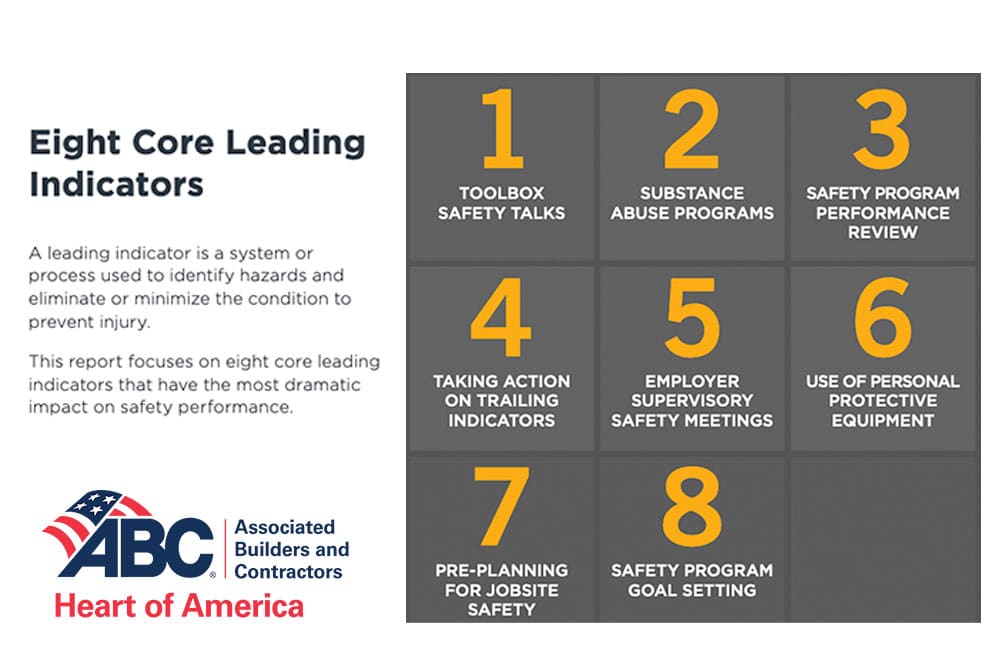What if your company could be 655% safer than the industry average? ABC’s STEP tool…
Respirable Crystalline Silica in Construction Standard

OSHA has been enforcing the Respirable Crystalline Silica in Construction standard since September 23, 2017. This is extremely important to the health of around 2 million workers in the United States. At the ABC Heart of America branch we make it a priority to keep our members and students informed and up to date when it comes to all safety regulation changes.
What is Crystalline Silica?
Crystalline silica is a component of soil, sand, granite, and many other minerals. As we all know, many of these things are used in the construction industry. There are three forms of crystalline silica.
- Quartz (the most common form)
- Cristobalite
- Tridymite
Exposure occurs during a variety of construction activities. For example, whenever workers chip, cut, drill, or grind objects containing crystalline silica it becomes a breathable particle which can become potentially hazardous to the worker’s health.
Hazards of Respirable Crystalline Silica
The importance of safety on a job site should be a top priority for all companies, especially those who associate themselves with manual labor. The hazards of crystalline silica is great information to use when explaining to those on a job site why awareness of this small seemingly insignificant particle is so critical. One of the most dangerous health issues that can arise is silicosis. There is no cure for silicosis, and its effect on lung function can make a worker more susceptible to diseases such as tuberculosis.
Types of Silicosis
Chronic/Classic Silicosis
This arises after 15-20 years of minimal to moderate exposure to respirable crystalline silica. The symptoms can be hard to spot, so a chest x-ray is necessary to see if any lung damage has been done. The effects can be shortness of breath, fatigue, chest pain, or even respiratory failure.
Accelerated Silicosis
This arises after 5-10 years of high exposure to respirable crystalline silica exposure. This type of silicosis could result in severe shortness of breath, extreme fatigue, weight loss, and respiratory failure.
Acute Silicosis
Acute Silicosis is the most dangerous of the three. It arises anywhere from 2 months up to 2 years after extremely high concentrations of exposure to respirable crystalline silica. The effects of this are disabling shortness of breath, weakness, and weight loss, which often leads to death for most that get it.
What is OSHA Doing to Combat the Dangers of Respirable Crystalline Silica
OSHA is extremely aware of the dangers related to respirable crystalline silica and have been taking steps to reduce the risks associated with this particle.
- OSHA has an established Permissible Exposure Limit, or PEL, which is the maximum amount of crystalline silica to which workers may be exposed during an 8-hour work shift. You can find that specific number here.
- OSHA also requires hazard communication training for workers exposed to crystalline silica.
- OSHA also requires a respirator protection program until engineering controls are implemented.
Although these do not completely solve the problems related to crystalline silica exposure, OSHA has a National Emphasis Program (NEP) for crystalline silica exposure to reduce and eliminate health hazards associated with occupational exposures.
Click here for more resources regarding Respirable Crystalline Silica in Construction Standard.



